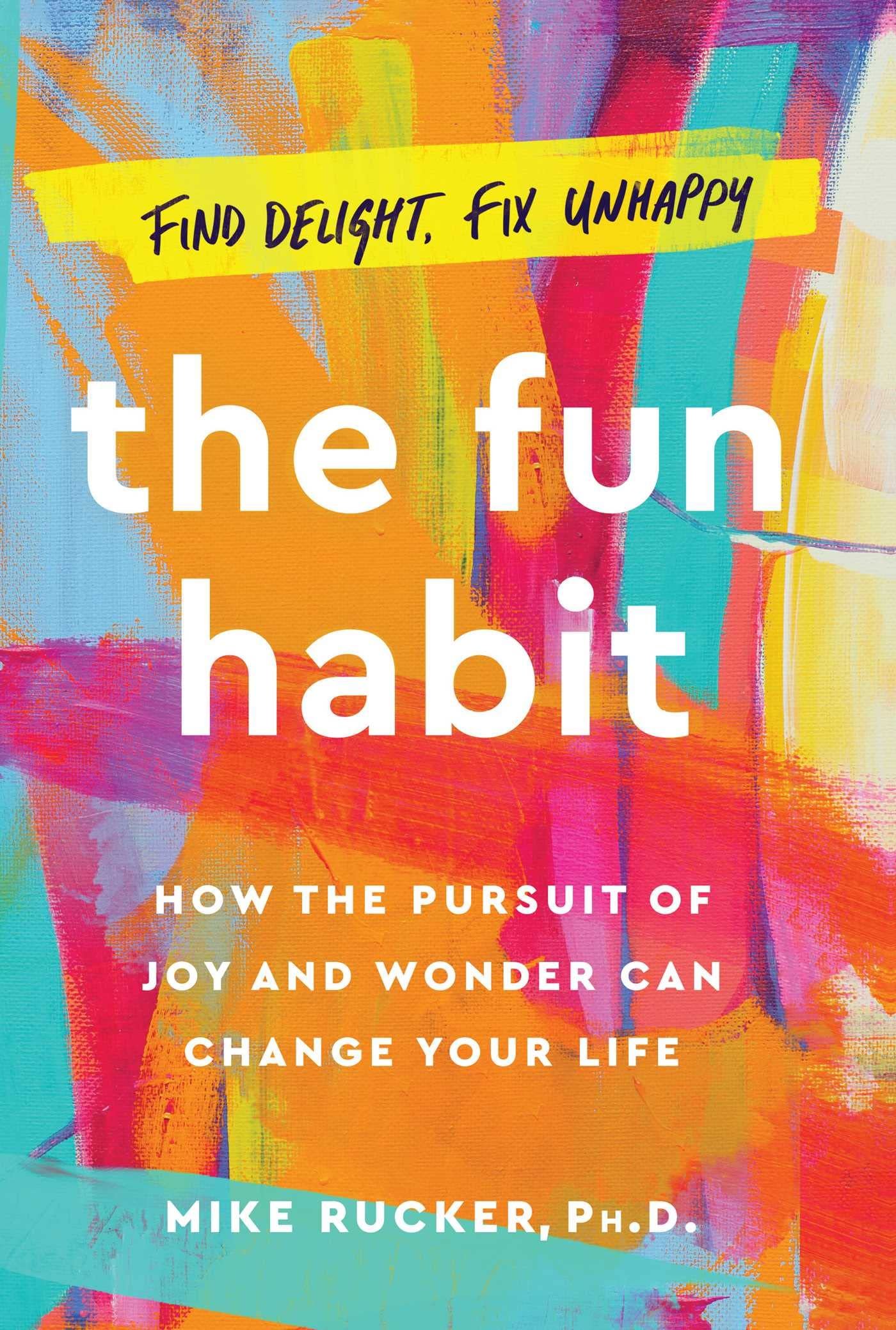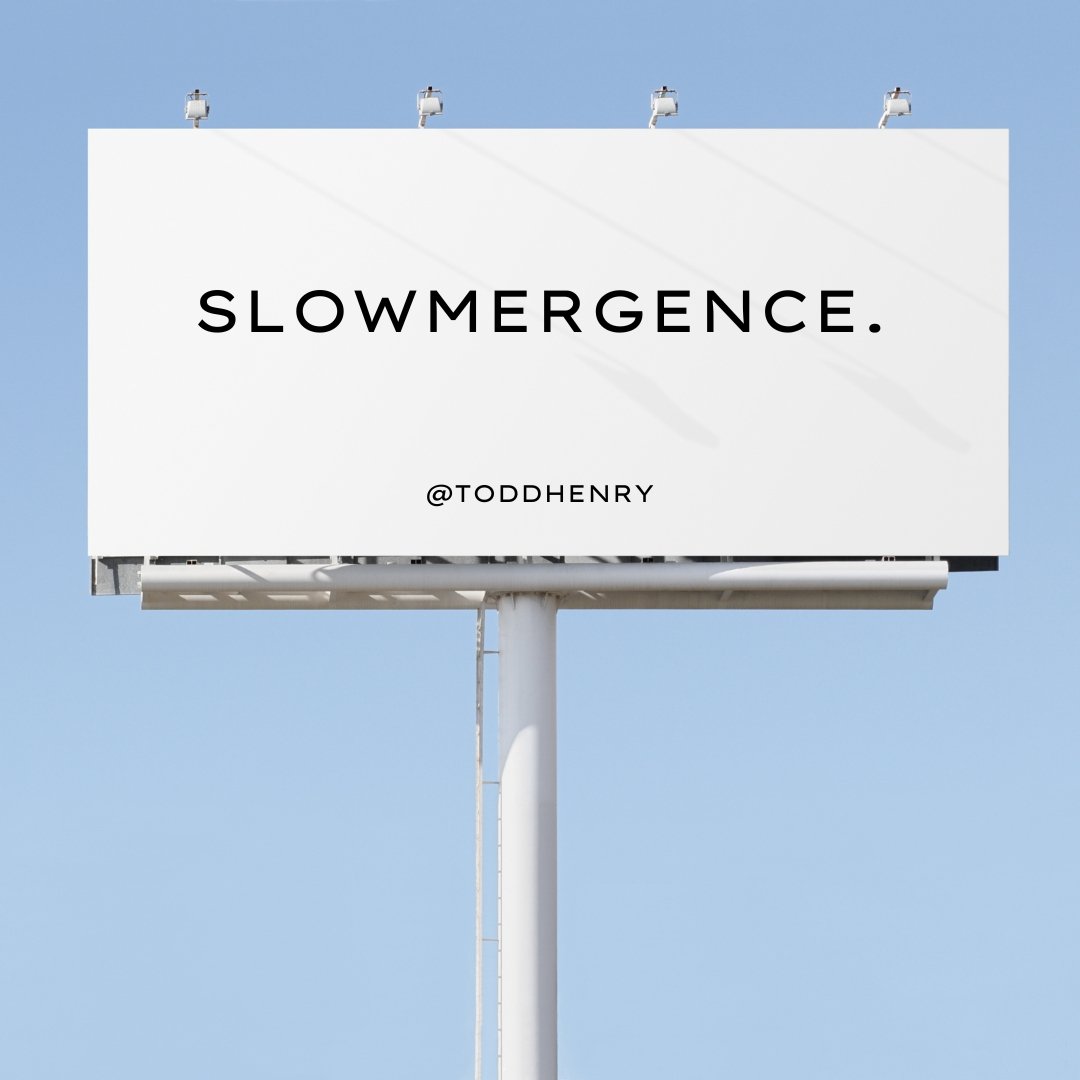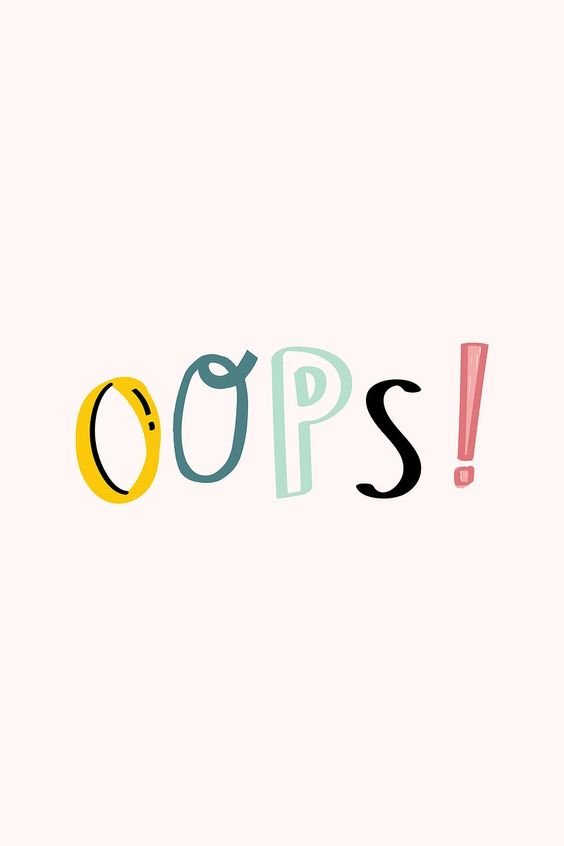It’s not officially spring yet, even though we turned our clocks forward an hour, and spring’s cues began emerging weeks ago. Our beautiful purple crocuses have come and gone. I notice new growth daily- a patch of green here, some yellow blooms there. Seeds planted are beginning to flourish.
I appreciate the present and am simultaneously in awe of what will come next. What a hopeful time of year this is!
While the seeds I mentioned were literal ones yielding plants and blooms, there are other seedlings. You . . .
Plant new ideas
Create positive habits
Change behaviors
Alter mindset
Chase goals
Experiment
Nurture relationships.
These require patience, compassion, consistency, awareness, trust, and receptivity. When we tend our garden in this way, those seeds will thrive.
Coach and artist Jane Pollak, CPCC, said, “Before you know it, the seeds you plant will leaf.” What a powerful idea! While you’re in the planting or becoming phase, it seems like nothing is happening. It’s hard to see any progress or change. The seeds sit quietly in the dirt. Movement and growth are imperceptible. You wait while occasionally adding water and fertilizer to stimulate growth.
While next might be nothing because you over or underwatered, more often, growth will be visible in time. I see this with my virtual organizing clients. The seeds planted begin with a goal and a desire for something else. Less clutter, more time, more space, or less stress. We use that seed idea and work to get there. I love helping with these internal and external transformations.
Challenges with letting go bloom into ease of releasing.
Stress caused by clutter morphs into calm from clearer spaces.
Being overwhelmed by full schedules develops into relief by creating boundaries.
“Before you know it, the seeds you plant will leaf.”
You are now on the other side. You’ve patiently done the work. You’ve tended your garden even when you were unsure. You trusted the process so you could succeed. Your seeds have leafed.
What will be your next step? Do you want to reassess? Do you want to bask in the gorgeous blooms? Are you ready to plant new seeds to nurture? Progress and growth are yours. How will you build from here? What tiny step are you able to take? How can I help? I’d love to hear your thoughts. I invite you to join the conversation.















